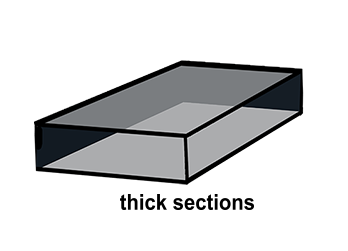
( A) WaveMAP begins with UMAP which projects high-dimensional data into lower dimension while preserving local and global relationships (see Figure 2-figure supplement 1A for an intuitive diagram). Normalized average waveforms from single units ( i) are passed to UMAP ( McInnes et al., 2018) which begins with the construction of a high-dimensional graph (ii). ( E) The recording location in caudal PMd (top) normalized and aligned isolated single-unit waveforms (n = 625, 1.6 ms each, bottom) and schematic of the 16-channel Plexon U-probe (right) used during the behavioral experiment. Seventy-five sessions for monkey T (128,989 trials) and 66 sessions for monkey O (108,344 trials) went into the averages. The discrimination threshold is the color coherence at which the monkey made 81.6% correct choices. over sessions) estimated from a Weibull fit to the overall percent correct as a function of coherence. Also shown in the inset of ( C) are discrimination thresholds (mean ± S.D. Y-axes depict the percent responded red in ( C) and RT in ( D). X-axes in both ( C), ( D) depict the SC in %. For many data points in ( C), the error bars lie within the marker. Gray markers show measured data points along with 2 × S.E.M. RT plotted here includes both correct and incorrect trials for each session and then averaged across sessions. ( C) Average discrimination performance and ( D) Reaction time (RT) over sessions of the two monkeys as a function of the SC of the checkerboard cue.

At bottom is defined the parametrization of difficulty in the task in terms of color coherence and signed color coherence (SC). ( B) A timeline of the decision-making task (top). This gave us a readout of the hand’s position and allowed us to mimic a touch screen.
#Nearest neighbor stereology free#
An infrared-reflecting (IR) bead was taped to the forefinger of the free hand and was used in tracking arm movements. ( A) An illustration of the behavioral setup in the discrimination task. The monkey was seated with one arm free and one arm gently restrained in a plastic tube via a cloth sling.


Undergraduate Program in Neuroscience, Boston University, United States.Department of Anatomy and Neurobiology, Boston University, United States.Bernstein Center for Computational Neuroscience, Bernstein Center for Computational Neuroscience, Germany.Psychological and Brain Sciences, Boston University, United States.


 0 kommentar(er)
0 kommentar(er)
